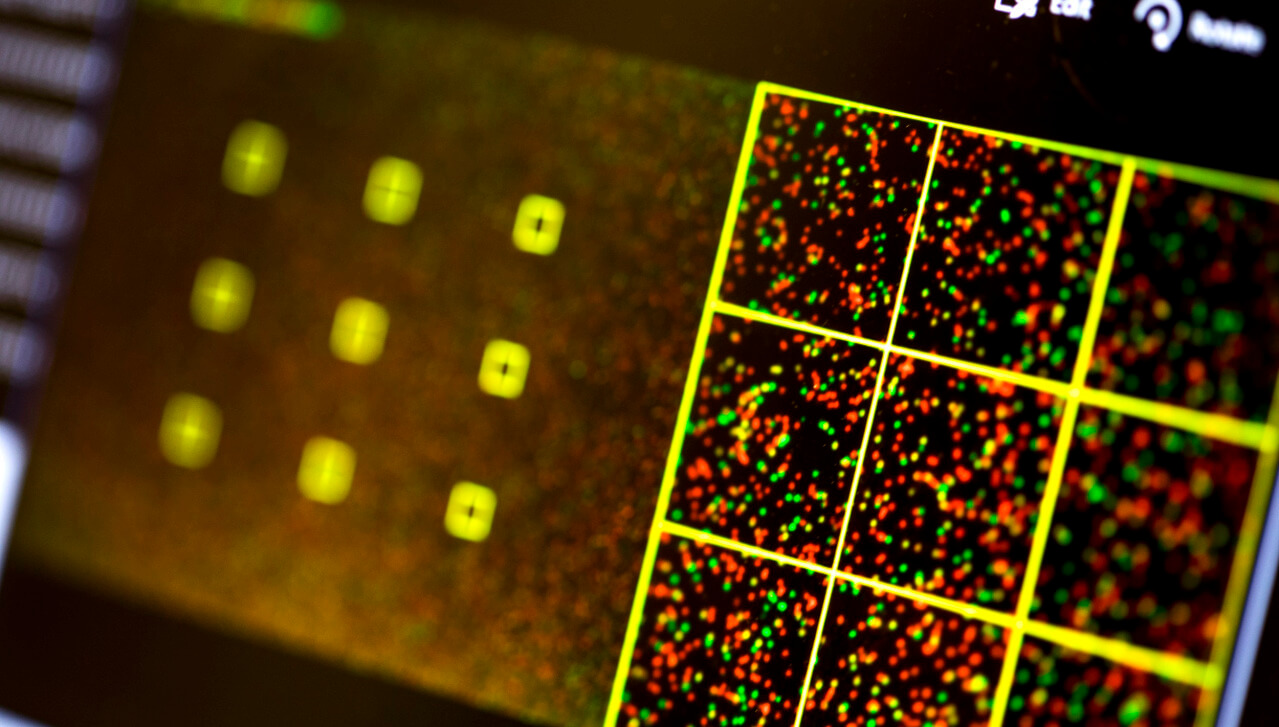- Get link
- X
- Other Apps
- Get link
- X
- Other Apps

This was to be expected, starting from the very moment when scientists learned to load digital information into the macromolecules of deoxyribonucleic acid. For the first time researchers managed to infect a computer with a virus, which analyzed DNA, into which malicious code was introduced. It seems that all of us are waiting for the fascinating future of Biopank, where you can hack everything, including the main storehouse of genetic information of any biological organism.
The team of scientists from the University of Washington did not plan to get into the news columns of scientific portals. But it seems that it was inevitable. They were worried about the security of the process of transcription and DNA analysis, because this difficult task is based on software with open access to the source code. And use this software hundreds of laboratories around the world. If attackers manage to download malicious code into the system, very expensive tests, to put it mildly, will be covered with a copper basin.
Of course, researchers could demonstrate the vulnerability of the system using more traditional methods. For example, use remote access tools over the Internet. But the scientists decided to go a bit further in their experiment. As a carrier of malicious code, it was decided to use DNA, the source material, with which the analyzer system has to deal every day.
"Our main task was to avoid situations where the perpetrator will knock on our door, and we will not be prepared for this at all," says Professor Tadayoshi Kono, who has been engaged in security research for built-in and niche electronics for many years, including expensive scientific instruments.
The software of scientific equipment is arranged in such a way that it converts the data received from DNA into binary data. The bit stream is stored in a buffer of a fixed size, assuming a reasonable maximum reading length. This opens up to the attackers a basic vulnerability of data buffer overflow, in which the software executes a pirated malicious code. Let the experiment and do not use the "computer virus" in its classic sense, but the code was very close to that. After all, with his help, scientists managed to gain access to computer management.
Researchers are very hopeful that they will be able to convey this important information to the scientific community. After all, if expensive research equipment is so vulnerable that it can be cracked even at the DNA level, many studies may be in jeopardy. And this does not promise humankind anything good. The results of his experiment will be presented to the general public at the USENIX Security conference, which will be held next week in Vancouver.
The article is based on materials .
- Get link
- X
- Other Apps
Comments
Post a Comment